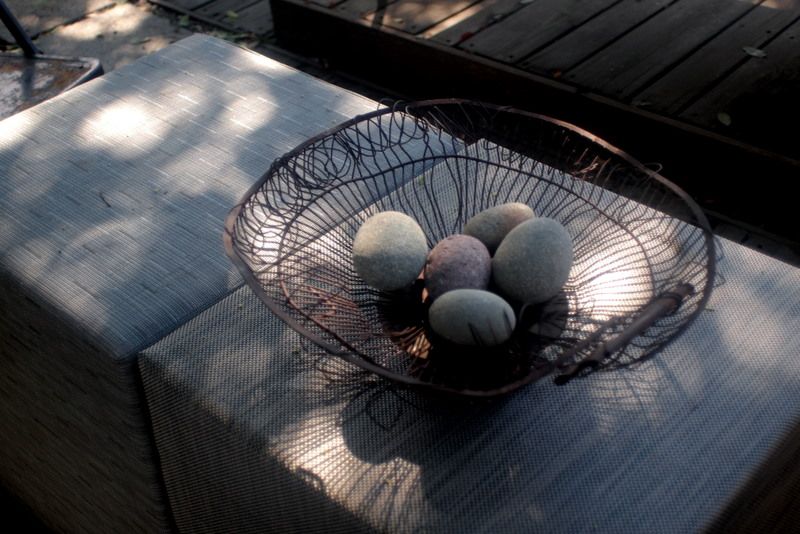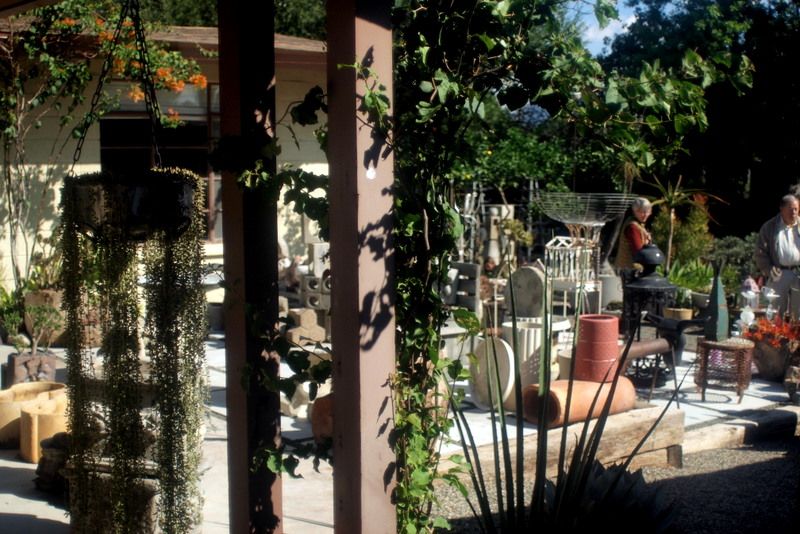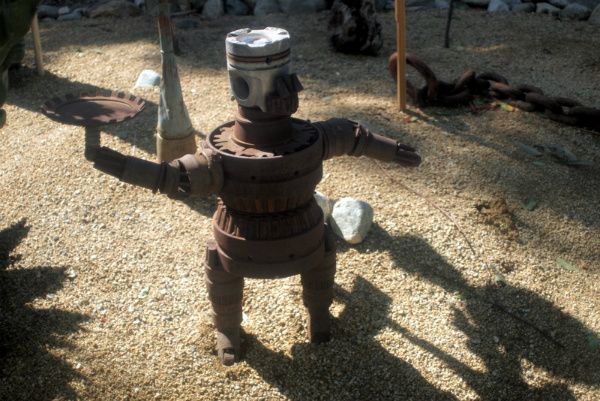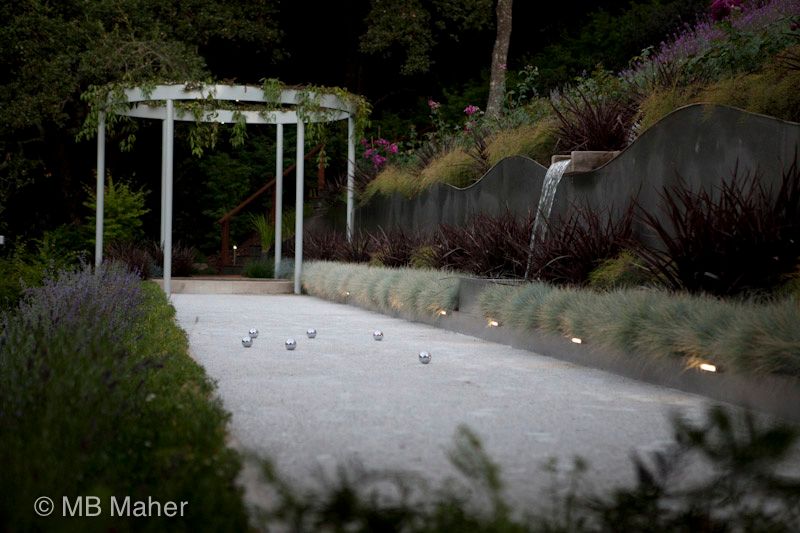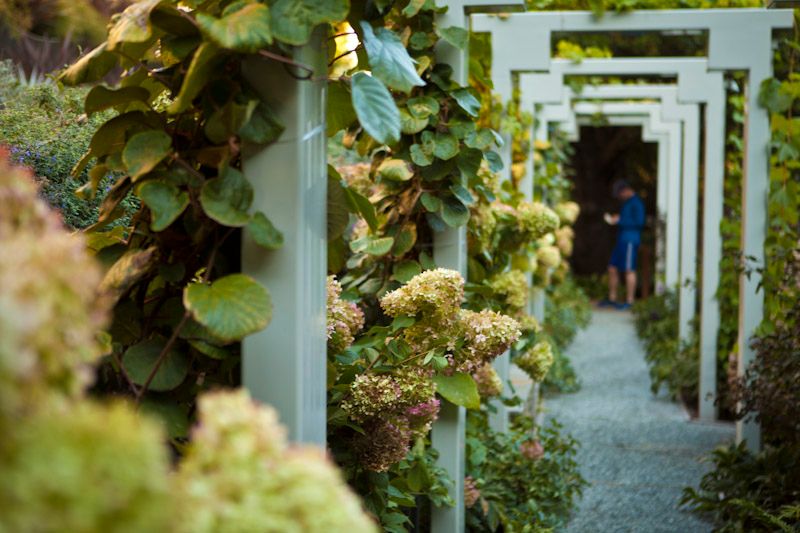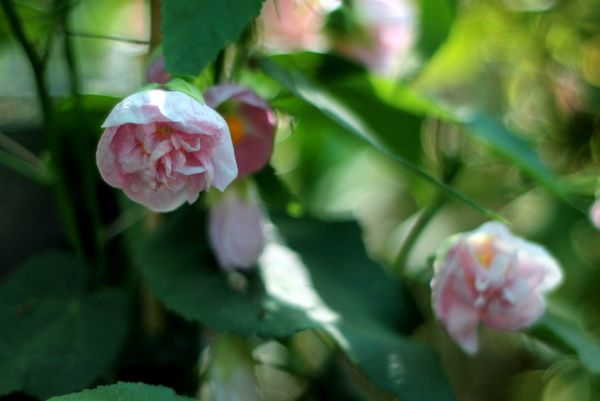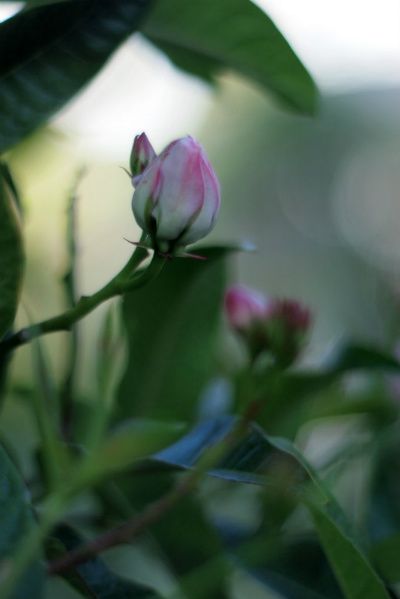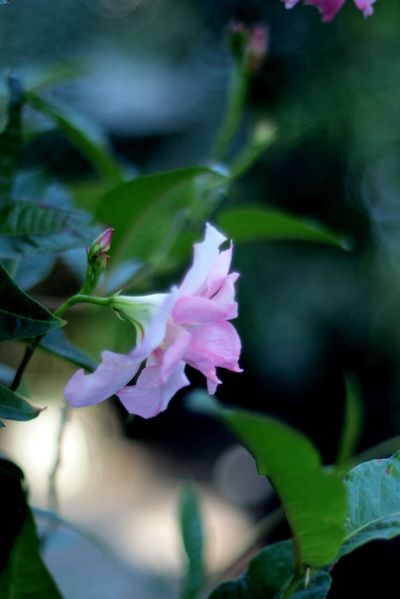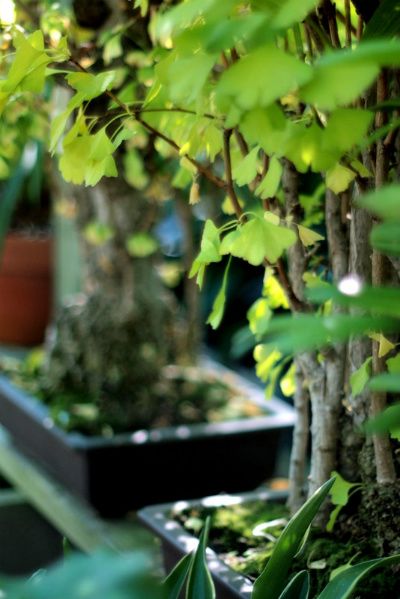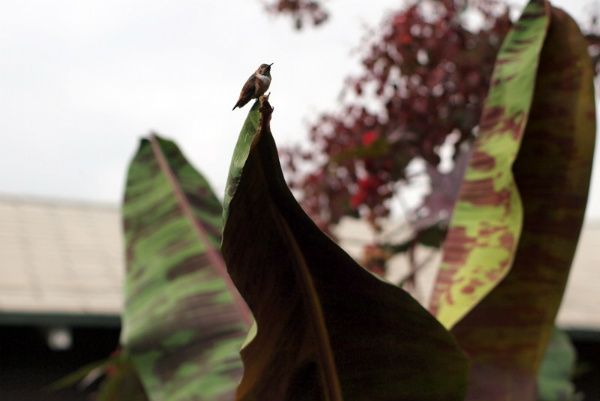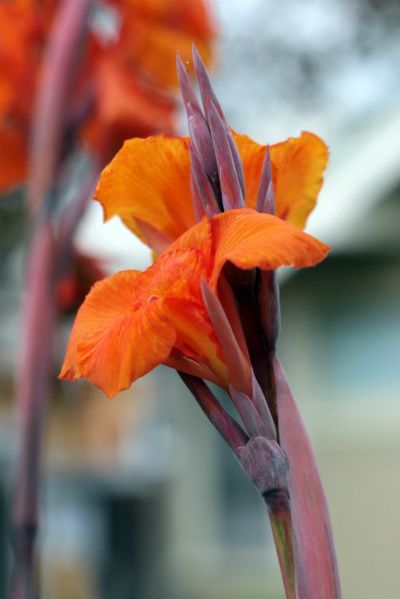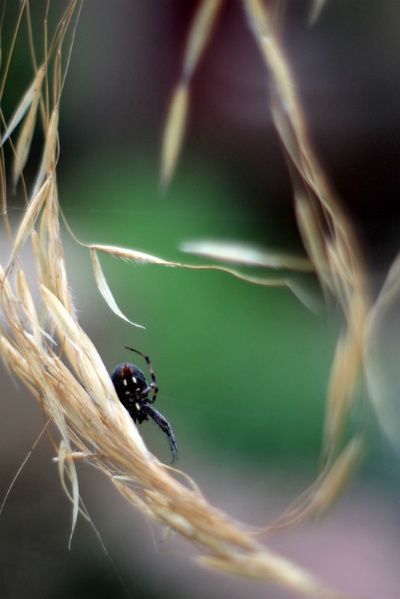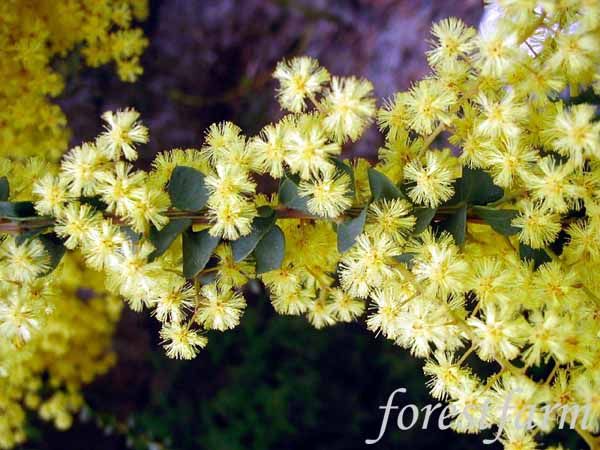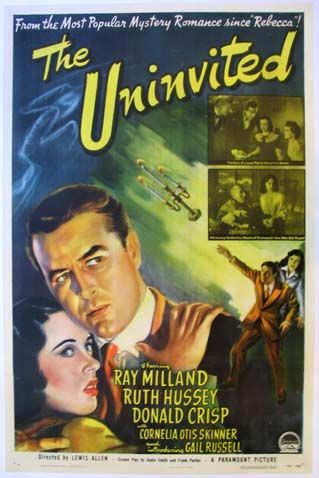It can’t be November already. But the winter-blooming salvias don’t lie.
Rosebud-like blooms are forming on Salvia wagneriana, and the slender wands of Salvia littae from Oaxaca, Mexico are budding up.
The latter’s tall, lanky growth habit is very reminiscent of Salvia uliginosa, but in pink and without the crinkly, rugose leaves or funky cat-pee smell. I’m checking S. wagneriana’s buds daily, but it seems to take an agonizingly long time for the complex structure of flower, bracts and calyces to elongate and reveal itself. (A watched flower never blooms?)
The third pink salvia is S. chiapensis.
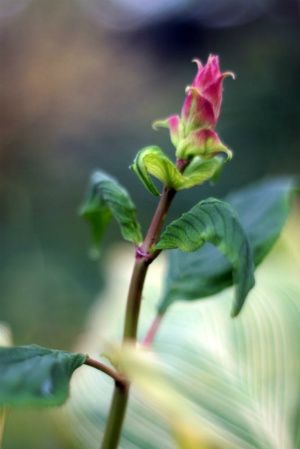
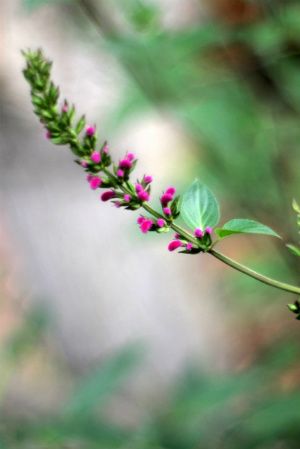
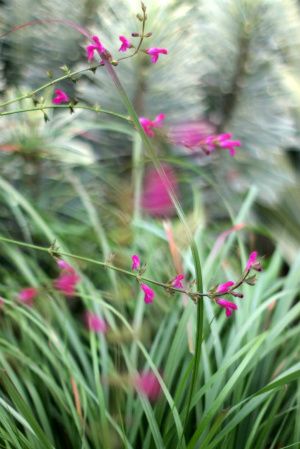
Many of the so-called late-blooming, tender salvias collide with early frosts outside of zones 9 and 10. Here in zone 10, these salvias are not so much late fall-bloomers as early winter-bloomers, when they will bloom from November to March. Of course, a gardener’s perception of the timeliness or tardiness of a plant’s blooms arises out of a narrow range of aesthetic considerations. From a plant’s point of view, it is always exquisitely on time.
Salvia madrensis started bloom late summer and gets continued support from castor bean plants. It needs it.
These winter-blooming salvias are nothing like the herbaceous salvias’ tidy, vertical forms, but huge, sprawling shrubs that need cutting back after bloom, and then even again mid-summer to keep them to a manageable size. I can fit in only a few kinds, or there’d be no room left for a proper summer garden.


Euphorbia ‘Diamond Frost’ continues its intricate weaving act, oblivious that most other summer performers have left the stage.
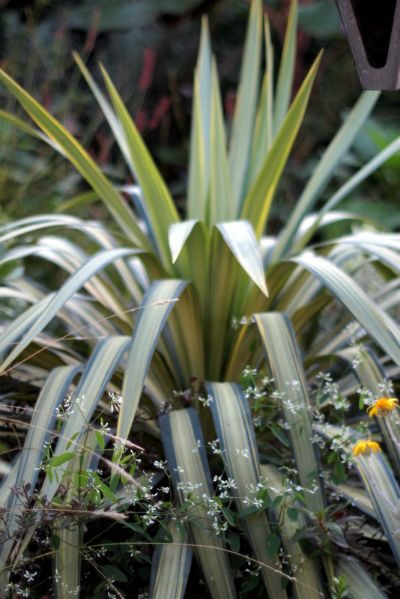
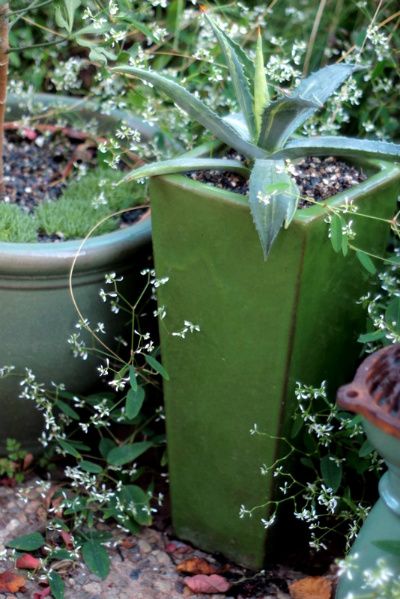
The Passiflora sanguinolenta is fulfilling its reputation as a dainty (maxing at 10 feet), prolifically blooming passion vine. I didn’t think it was possible, but now I’ve seen ever-blooming proof. Alongside is ‘Bouquet d’Or,’ the lone survivor of a one-time 30-plus collection of old tea roses and noisettes. Spring and fall are the seasons I miss these roses the most.
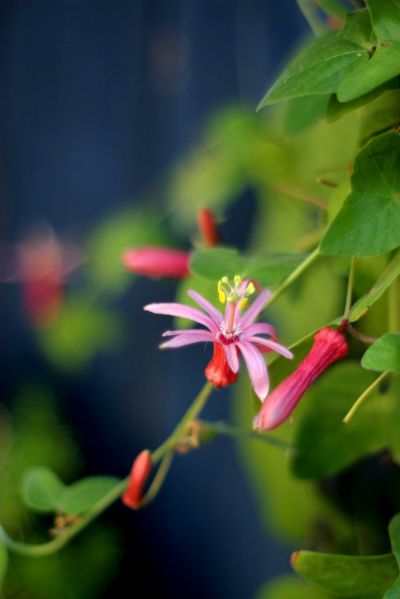
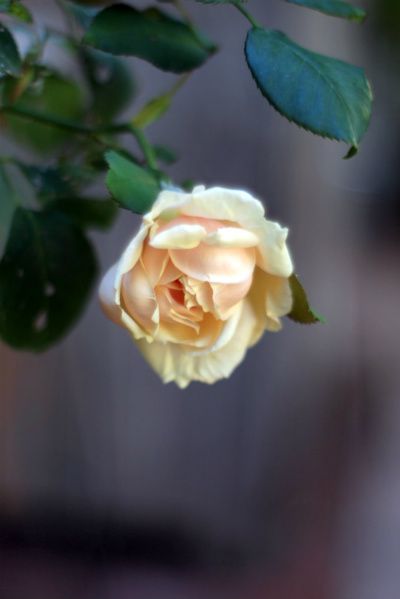
The Moroccan toadflax, Linaria maroccana, was added the last couple weeks to bloom fall/winter.
Apart from this Hakonechloa macra ‘Emerald Glow,’ very few grasses bloomed this year.
I’ve never grown Japanese forest grass before, assuming it preferred much moister soil than mine, but it did surprisingly OK.

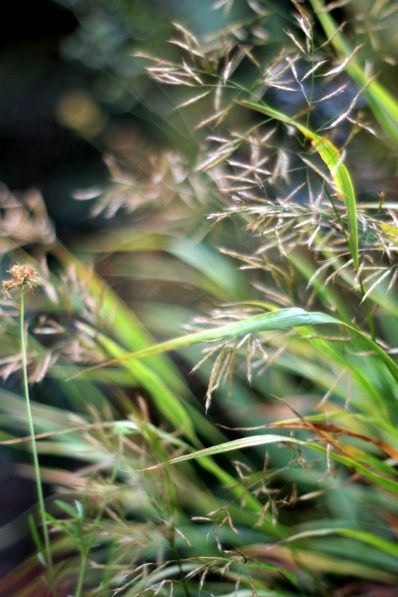
With a rack rivaling Bullwinkle, the inflorescence on the tetrapanax must be 4 feet across, reaching for this aerial basket of succulents and bromeliads, including the trailing Crassula sarmentosa, its starry white flowers now in bloom.
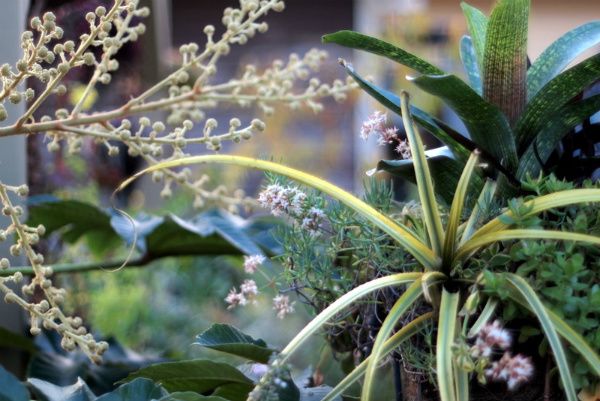
A Thunbergia alata vine planted at the base of the tripod holding the basket of succulents has made its way to the top of the basket. The golden-leaved bromeliad is Aechmea recurvata ‘Aztec Gold,’ the darker green Vriesea gigantea.
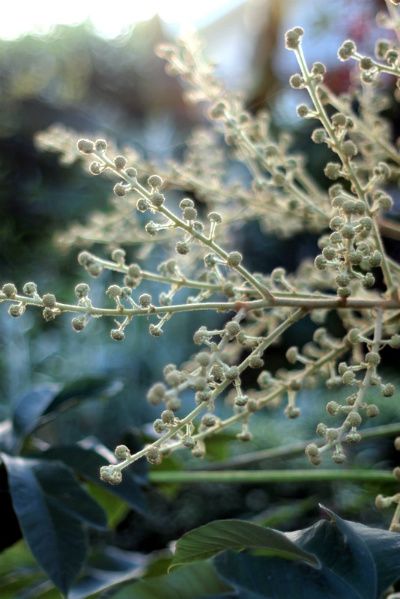
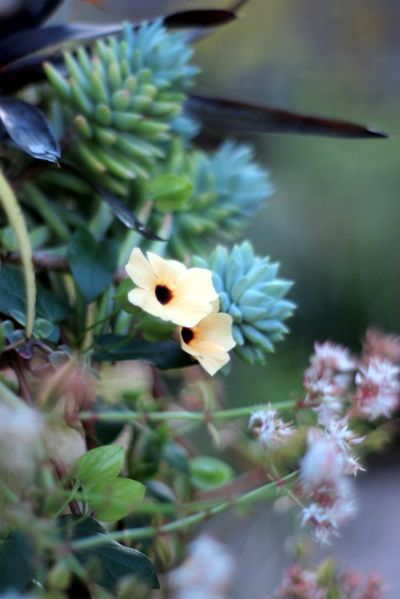
Carol at May Dreams Gardens hosts the monthly Bloom Days, providing a look at what’s in bloom all over the world.


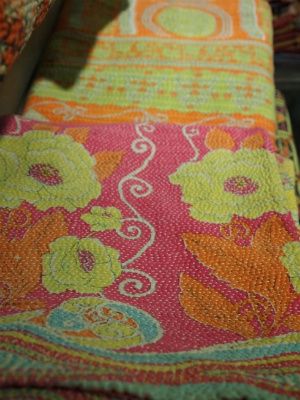
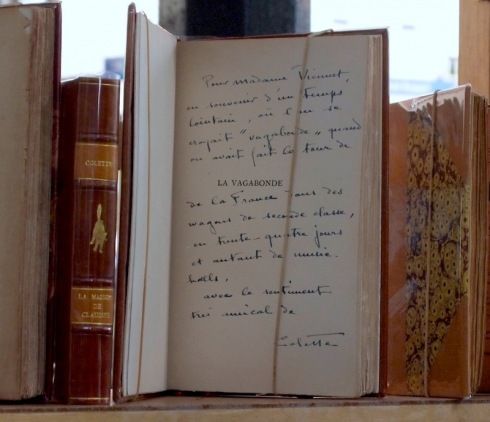

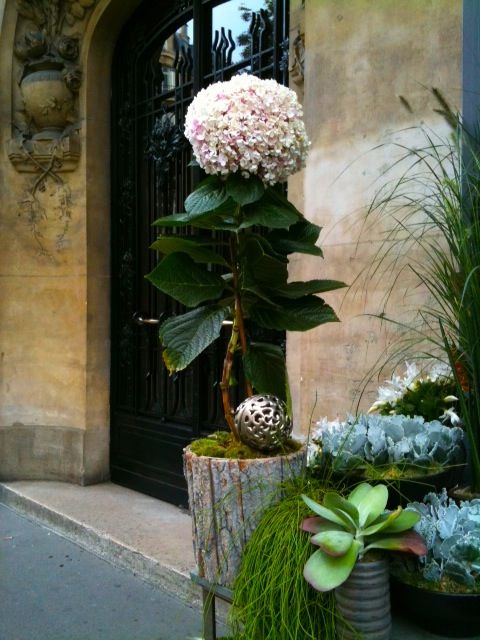

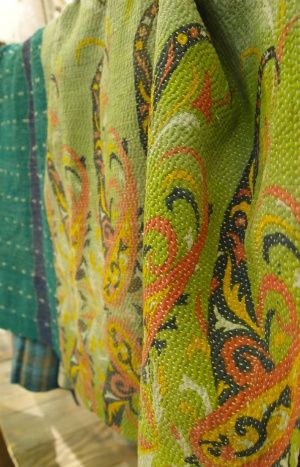
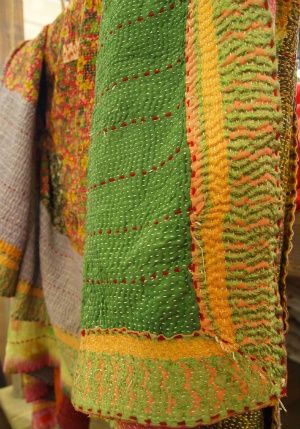


















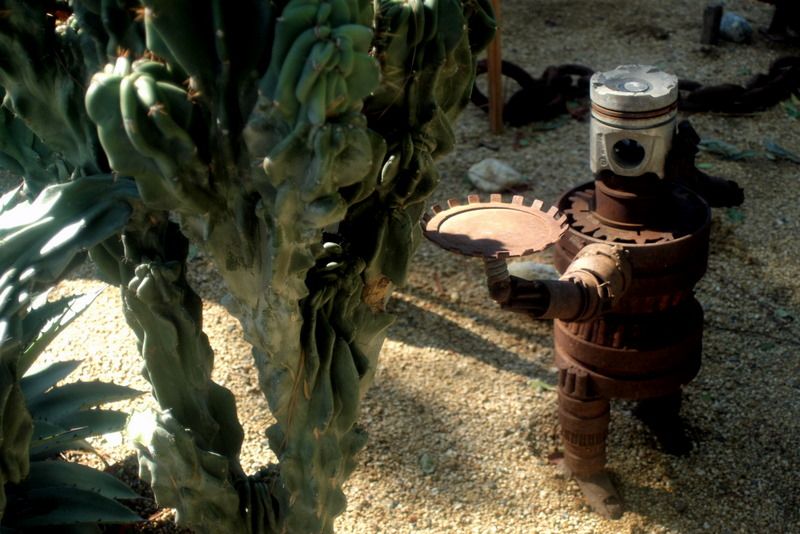
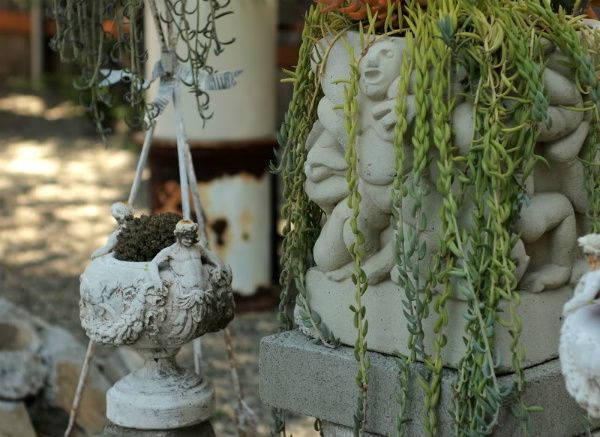
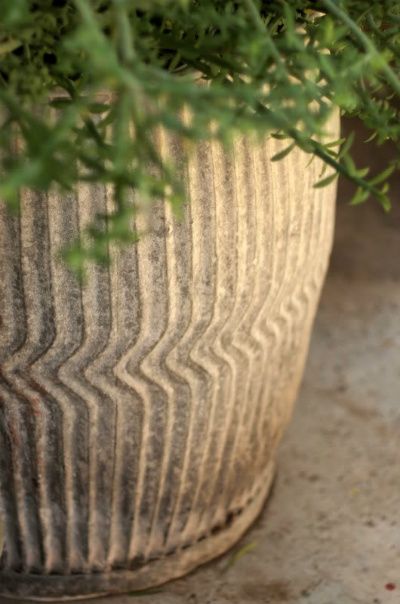
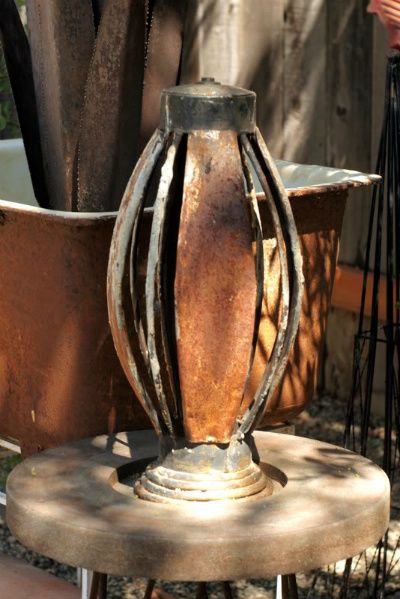
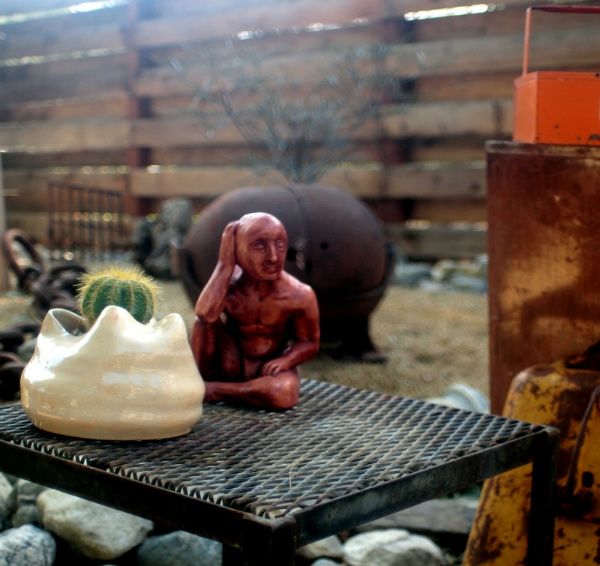

 /a>
/a>
